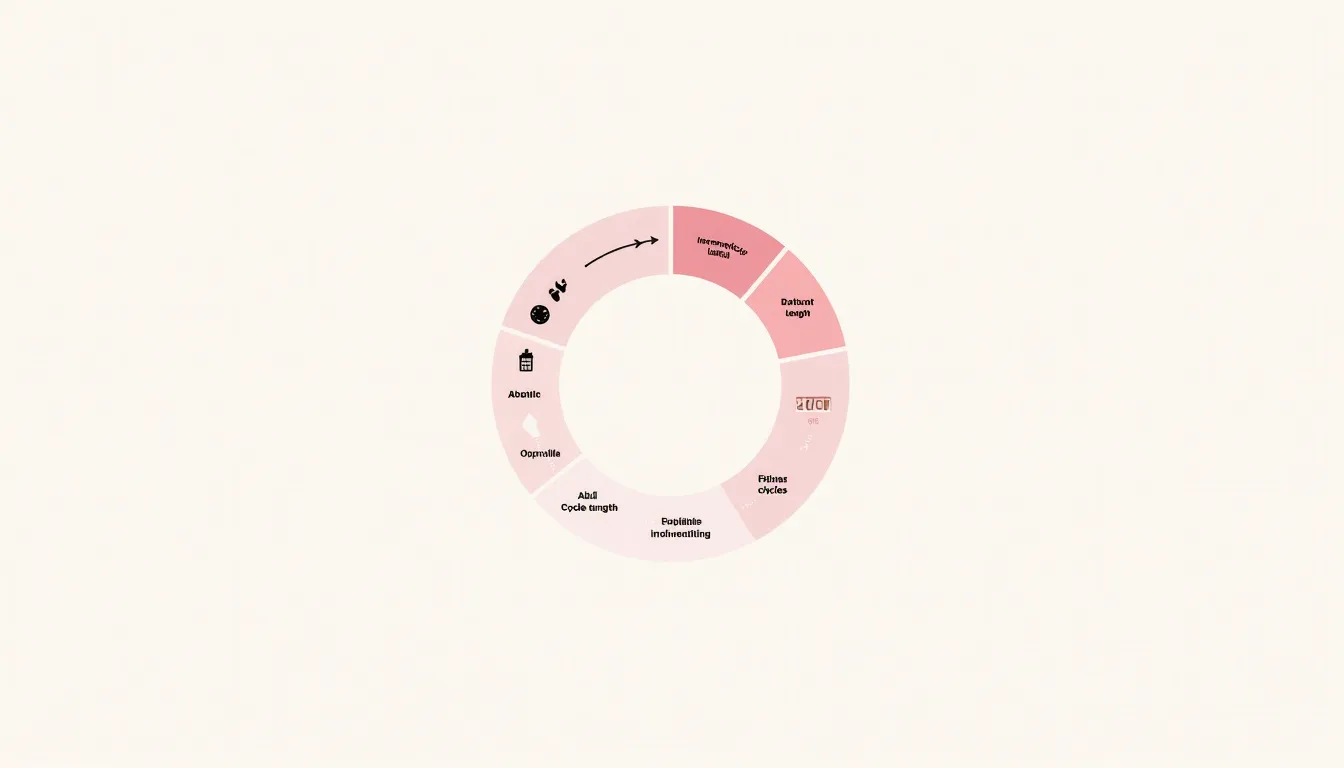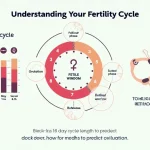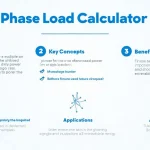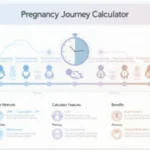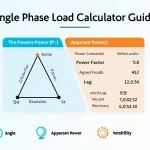Is this tool helpful?
How to Use the Ovulation Calculator Effectively
Our advanced Ovulation Calculator helps you predict your fertile window and next period date with ease. To get the most accurate results, follow these steps carefully:
- First Day of Last Period: Use the date picker to select the starting date of your last menstrual period. For example, if your last period began on March 10th, 2024, select this date.
- Average Cycle Length (days): Enter your average menstrual cycle length in days, typically between 21 and 35 days. If you’re unsure, try 30 or 27 as sample inputs.
- Shortest Cycle Length (Optional): If your menstrual cycles vary, provide the shortest cycle length you’ve experienced. For instance, if your shortest cycle was 24 days, enter that number.
- Longest Cycle Length (Optional): Likewise, input the longest cycle length you’ve recorded, such as 33 days, to help refine your fertile window prediction.
- Luteal Phase Length (Optional): The luteal phase is the post-ovulation phase before your next period. If known, enter this length between 12 to 16 days; common values are 13 or 15 days.
- Calculate: After entering your details, click “Calculate” to view your estimated ovulation date, fertile window, and predicted next period start date.
Using accurate and recent data improves the precision of the predictions, empowering you to track your fertility effortlessly.
Introduction to the Ovulation Calculator: Definition, Purpose, and Benefits
The Ovulation Calculator is a reliable digital tool designed to help individuals track their menstrual cycles, identify fertile days, and prepare for upcoming periods. Whether you aim to conceive, avoid pregnancy naturally, or simply understand your body’s rhythms, this fertility tracking calculator offers personalized insights based on your unique cycle data.
What Is Ovulation and Why Is It Important?
Ovulation is the process when a mature egg is released from the ovary, typically occurring about two weeks before the next period. This window marks the highest chance for fertilization. Knowing your ovulation date and fertile window can greatly enhance family planning effectiveness.
Purpose and Practical Benefits of the Ovulation Calculator
- Accurately predicts your estimated ovulation date.
- Determines the key fertile days to increase chances of conception.
- Estimates the start date of your next menstrual period.
- Helps you understand your menstrual cycle patterns better.
- Supports natural family planning and fertility awareness.
Utilizing this tool supports informed reproductive health decisions in a straightforward, user-friendly way.
Example Calculations Using the Ovulation Calculator
Below are practical examples demonstrating how the calculator predicts ovulation, fertile windows, and next period dates for different cycle types.
Example 1: Regular Cycle
- Last Period Date: April 5th, 2024
- Average Cycle Length: 28 days
- Luteal Phase Length: 14 days (default)
This results in:
- Estimated Ovulation Date: April 19th, 2024
- Fertile Window: April 14th to April 20th, 2024
- Next Period Start Date: May 3rd, 2024
Example 2: Irregular Cycle
- Last Period Date: May 15th, 2024
- Average Cycle Length: 31 days
- Shortest Cycle Length: 25 days
- Longest Cycle Length: 35 days
- Luteal Phase Length: 13 days
The calculator provides a range for ovulation and fertility:
- Estimated Ovulation Date Range: May 27th to June 9th, 2024
- Fertile Window: May 22nd to June 9th, 2024
- Next Period Start Date Range: June 9th to June 19th, 2024
Example 3: Focused on Conception
- Last Period Date: June 1st, 2024
- Average Cycle Length: 29 days
Results include:
- Estimated Ovulation Date: June 16th, 2024
- Fertile Window: June 11th to June 17th, 2024
- Next Period Start Date: June 30th, 2024
Timing intercourse during the fertile window improves the likelihood of conception.
How the Ovulation Calculator Works: Formulas and Scientific Basis
The calculator uses menstrual cycle inputs to estimate key dates using these core formulas, powered by scientific research:
Ovulation Date
$$\text{Ovulation Date} = \text{LMP Date} + (\text{Cycle Length} – \text{Luteal Phase Length})$$Where LMP Date is the first day of your last menstrual period.
Fertile Window
Considering sperm lifespan and egg viability, the fertile window is calculated as:
$$\text{Fertile Window Start} = \text{Ovulation Date} – 5 \text{ days}$$$$\text{Fertile Window End} = \text{Ovulation Date} + 1 \text{ day}$$Accommodating Irregular Cycles
To provide a fertility range for irregular cycles, the following calculations are used:
$$\text{Earliest Ovulation Date} = \text{LMP Date} + (\text{Shortest Cycle Length} – \text{Luteal Phase Length})$$$$\text{Latest Ovulation Date} = \text{LMP Date} + (\text{Longest Cycle Length} – \text{Luteal Phase Length})$$Next Period Prediction
$$\text{Next Period Date} = \text{LMP Date} + \text{Cycle Length}$$These precise calculations help you understand your body’s unique timing and optimize your fertility planning.
Key Benefits of Using the Ovulation Calculator for Fertility and Health Tracking
- Improved Conception Chances: Pinpoint your most fertile days to enhance successful pregnancy planning.
- Natural Family Planning Support: Identify fertile versus non-fertile days without hormonal intervention.
- Increased Body Awareness: Track menstrual patterns and detect irregularities early.
- Period Preparation: Anticipate menstruation to manage schedules and self-care.
- Health Monitoring: Monitor cycle changes that might indicate underlying health conditions.
Conclusion: Empower Your Reproductive Health with the Ovulation Calculator
Our Ovulation Calculator is an essential tool for anyone interested in understanding their menstrual cycle and fertility patterns. With personalized predictions based on scientifically backed formulas, you can make informed decisions related to conception, natural family planning, and menstruation preparedness.
Remember: While this calculator offers accurate estimates, individual cycles may vary. Combine its use with other fertility awareness methods and consult healthcare professionals for personalized advice and comprehensive reproductive health management.
Important Disclaimer
The calculations, results, and content provided by our tools are not guaranteed to be accurate, complete, or reliable. Users are responsible for verifying and interpreting the results. Our content and tools may contain errors, biases, or inconsistencies. Do not enter personal data, sensitive information, or personally identifiable information in our web forms or tools. Such data entry violates our terms of service and may result in unauthorized disclosure to third parties. We reserve the right to save inputs and outputs from our tools for the purposes of error debugging, bias identification, and performance improvement. External companies providing AI models used in our tools may also save and process data in accordance with their own policies. By using our tools, you consent to this data collection and processing. We reserve the right to limit the usage of our tools based on current usability factors.
